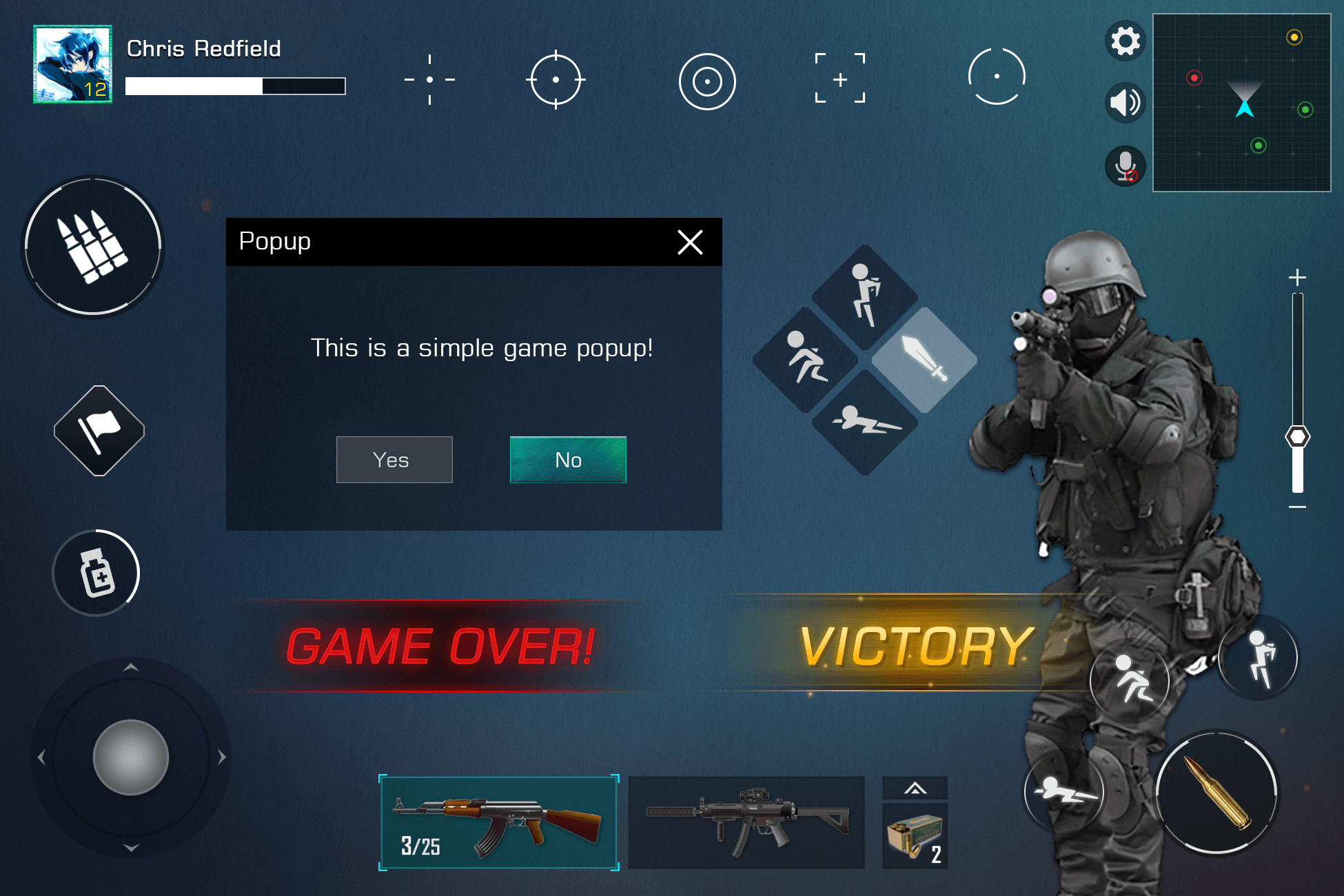
#Unity load atext asset pro
More information: TextMesh Pro documentation for Sprites Generating Custom Fonts and TMP Font Assets from FNT files If there’s any possibility you’ll want to use this functionality in a project, it’s a good reason to choose TextMesh Pro early on.

Pros/cons: None, as they’re really a side benefit of using TextMesh Pro. (See notes about FNT files in the next section.) The Sprite Importer is a slightly better tool than the Font Asset Creator, because it can use FNT files to generate character mappings for a spritesheet. They’re conceptually similar to TMP font assets. Source: TMP Sprite Assets are built from a Material and character mappings. To reference a sprite icon in text, use the tag (where # is the index of the sprite, starting at 0). You can specify one TMP font asset and one TMP sprite asset for each component. Usage: TextMesh Pro – Text UI components. Sprite assets solve the problem of mixing standard text with game-specific symbols or icons (for example, think of the item symbols that show up in Final Fantasy inventories). Rather, they’re an extra feature that TextMesh Pro – Text components give you. TMP sprite assets are a little out of place on this list–they’re not really a font asset in the same sense as the other three types. More information: Unity documentation on Fonts TextMesh Pro Font Asset No tool for generating character mappings you have to write them out by hand. Pros/cons: It’s native Unity support for sprite fonts, but you can only adjust size using scaling. However, this changes the borders of the element, so it’s rather inconvenient if you’re trying to line up differnet elements. You can set the scale of the game object containing the Text component. From what I can tell, custom fonts ignore the “Font Size” property of Text components, and are limited to whatever the imported texture’s size is. Scaling options: Scaling seems to be the custom font’s weak point. Advance: Number of pixels to advance before drawing the next character higher numbers space letters farther apart.UV texture coordinates: Ranges from 0 to 1, as a percentage of the texture’s width and height.Index: The index of the ASCII character.

Each character has the following properties: The character mappings seem a bit obtuse to me (though I assume it’s easier if you understand UV coordinates), and there doesn’t seem to be a GUI tool for generating these from the spritesheet itself. Source: Custom fonts are built from a Material (which references a Texture), as well as a set of character mappings. Unity does have the ability to create custom sprite fonts, but it’s somewhat limited in the area of scaling.


 0 kommentar(er)
0 kommentar(er)
